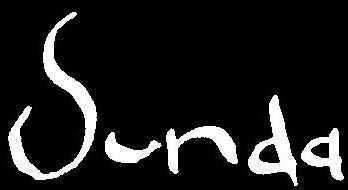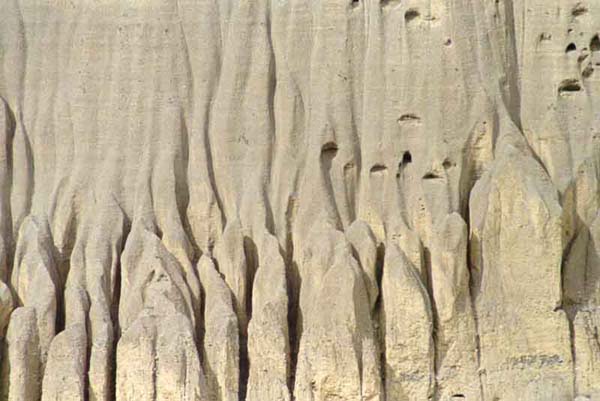

Annapurna region,
Nepal
I lie awake
This icy night.
Spring rain-
under trees
a crystal stream.
Summer grasses,
all that remains
of soldiers' dreams.
Yellow rose petals,
thunder-
a waterfall.
Heron's cry
Stabs the darkness
Cormorant fishing:
how stirring,
how saddening
First winter rain,
I plod on,
Traveller, my name
Basho was a traveller. He considered the cities a corrupting influence and looked towards nature for his inspiration.
His poems relate to me moments of reflection and stillness. I can feel the cold on my face, smell the dew in trees and in the case of the water jar, sense the echoing quiet of the broken night.